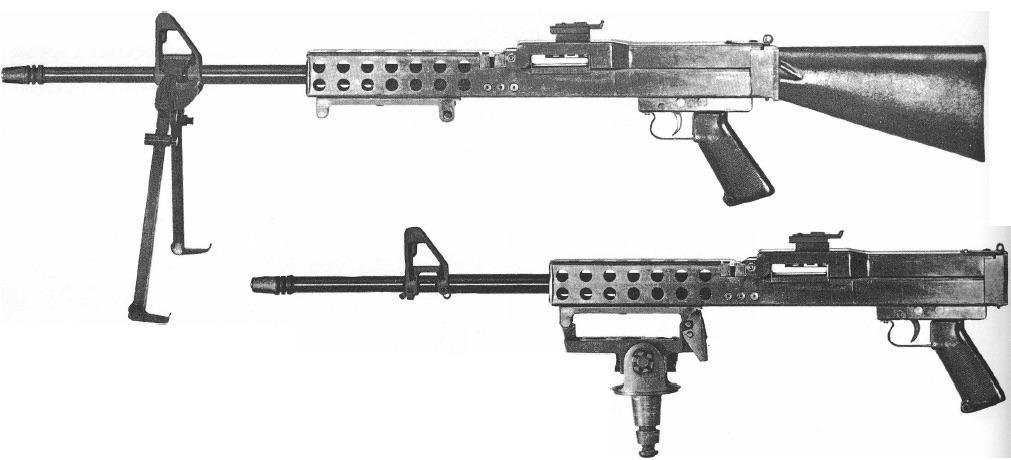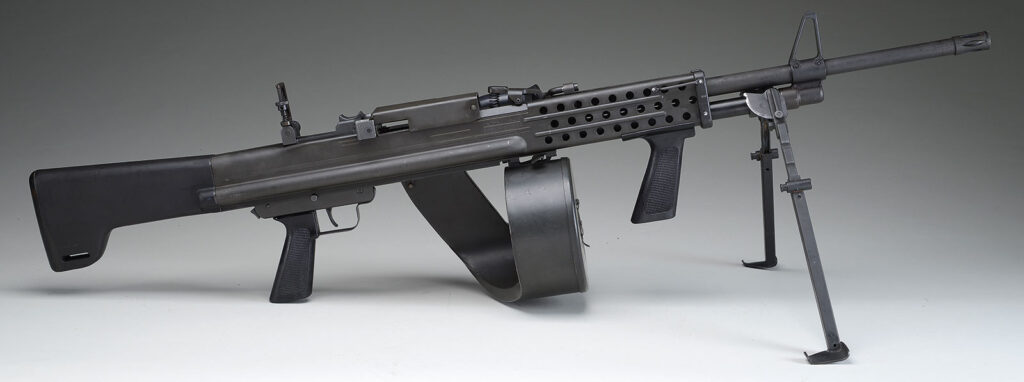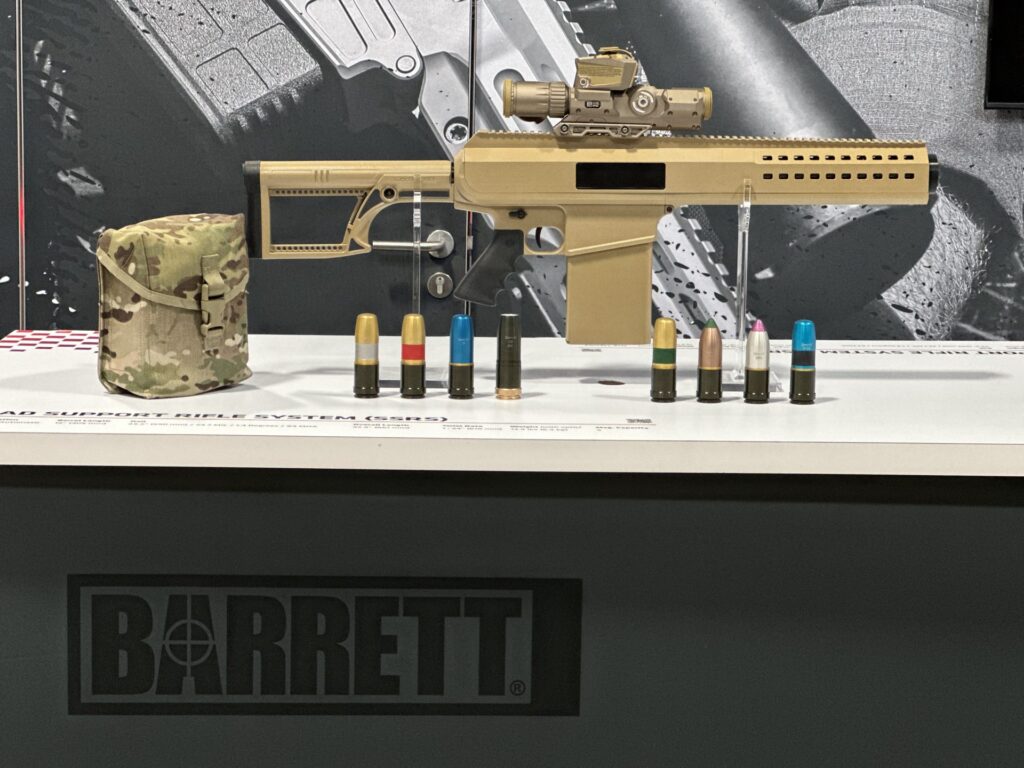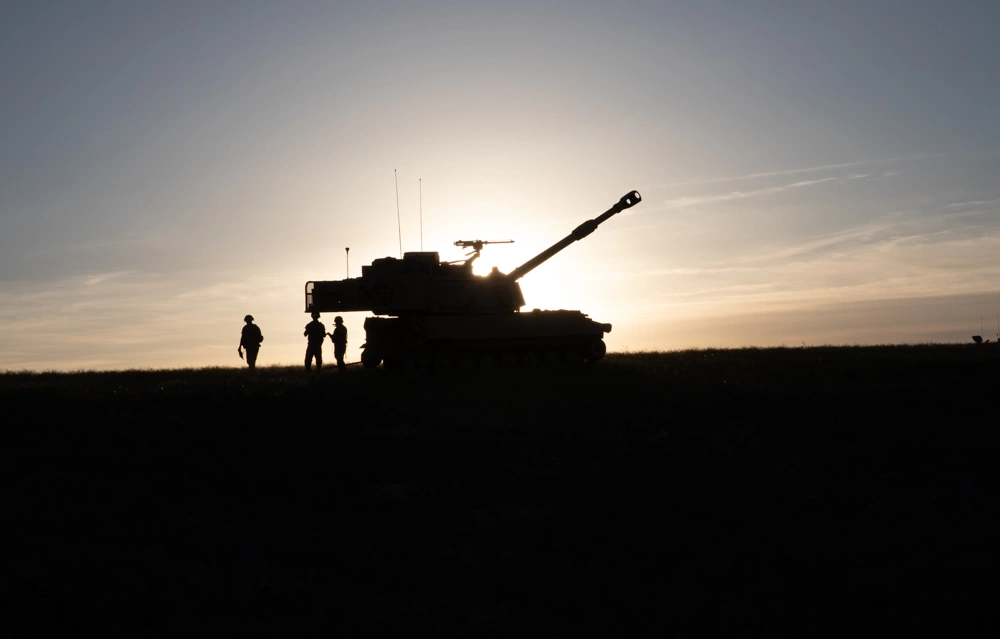Exploring the CMG, Colt’s forgotten machine gun
- By Travis Pike
Share This Article

Excluding the Colt M1895, which was designed by John Browning who made legendary guns, the Colt Manufacturing Company had never had much luck with machine guns. In the 1960s, Colt attempted to re-enter the machine gun world with the CMG, also known as the Colt Machine gun.
Colt’s attempt led to the production of three versions of the CMG: the CMG-1, CMG-2, and CMG-3. These machine guns were designed to complement the CAR-15, or Colt Automatic Rifle, also known as the M-16, and came as a reaction to the legendary Stoner 63 system.
The brainchild of Eugene Stoner, the Stoner 63 provided military forces with an incredibly modular platform that could serve as an assault rifle, carbine, belt-fed light machine gun, vehicle-mounted machine gun, light automatic rifle, and more. The belt-fed, 5.56 light machine version of the Stoner 63 introduced America to the light machine gun concept, and the military liked the idea.
Colt reacted by producing its CMG to complement its M-16 rifle already in the hands of American military personnel in Vietnam.
The CMG-1: The original

The Stoner 63 LMG’s benefit was that it offered design elements similar to those of the Stoner 63 rifle. Colt wanted to capture that same kind of commonality with its machine gun. So, the CMG-1 utilized several M16 parts, including the pistol grip, front sight block, and flash hider. The gun also used the direct impingement system of the M-16 combined with an open-bolt design. Although it was belt-fed, it was, like the M16, a 5.56 caliber gun.
Colt built the gun from sheet metal and advertised its capability in several roles: it could be used as a light machine gun carried by troops, or mounted to a tripod or vehicle with spade grips. The stocked variant weighed roughly 12 pounds.
The CMG-1 features a feed tray that allows the gun to be configured to feed from the left or right-hand side. This wasn’t to accommodate left-handed shooters but more so for vehicle mounting. Hueys typically had two M-60s, with one of the two having to be mounted upside down to accommodate proper feeding. CMG-1’s ability to feed from left to right would have eliminated that problem.
The CMG-1 didn’t attract the attention Colt wanted, and only a few prototypes were produced. So, the company eliminated the CMG-1 and went back to the lab to create a successor model.
Related: Built over 150 years ago, the first machine gun is still influential
The CMG-2: The dominant version

With the CMG-2, Colt eliminated any commonality with the M-16. The direct-impingement system was ditched and the new version utilized a more traditional gas-piston system alongside an open-bolt design. Colt also eliminated the various models for a stocked variant with a bipod. The bipod came from the M-14 rifle and could fold away with ease. Much like the CMG-1, the CMG-2 weighed roughly 12 pounds.
The CMG-2 used a quick-removable barrel that allowed troops to change barrels to prevent overheating during a fight. Each barrel came with a folding carry handle to make it easy to remove and carry without getting burned. The CMG-2 also featured a vertical foregrip on the handguard.
The CMG-2 lacked a traditional charging handle and used a novel charging system whereby its rear pistol grip would slide forward and rearward to charge the weapon and prepare it for fire.
Like the original, this was a belt-fed 5.56 light machine gun. The barrel used a 1:9 twist ratio to accommodate an experimental 68-grain 5.56 cartridge. Colt used the Stoner S-63 BRW links for ammo, and the gun had a 150 plastic drum.
Colt submitted the CMG-2 to face off with the Stoner 63 to become the Navy SEALs’ LMG, but the Stoner 63 won.
Related: SOCOM and Marines will get new machine gun that breaks the mold to replace old classic
The CMG-3: The big one

Unlike the CMG-1 and CMG-2, the CMG-3 moved away from the 5.56 caliber and embraced the 7.62 NATO round. The CMG-3 used the CMG-2 pattern but was scaled up to shoot the full-powered rifle round.
This version was created in the 1970s in response to demand from special operations troops who wanted a lighter 7.62 machine gun as the M-60 wasn’t cutting it.
Colt produced and entered the CMG-3 into the contest. The weapon was found to be lacking in overall durability as its receiver had a lifespan of 35,000 rounds, whereas the Navy wanted a 100,000-round lifespan.
The Navy found that the CMG-3 had a weak point at the bottom of the receiver where it would crack. Colt fixed the problem, but by then, the Navy had moved on from the project.
There isn’t much information available on this CMG version and only five were ever produced.
Colt would continue to try and produce support weapons, but after the CMG, the company focused on a magazine-fed automatic rifle concept rather than a proper light machine gun. The Colt Machine Gun is an interesting step in American weapon development and is sadly long forgotten by most.
Read more from Sandboxx News
- Runaway costs and design delays: Are Coast Guard’s new icebreakers worth it?
- The implications of Ukraine’s invasion of Russia
- Ukraine needs free use of its powerful ATACMS to inflict maximum damage on Russia
- Live music as revival: Finding comfort in company
- Video: This is why the F-117 Nighthawk never retired
Related Posts
Sandboxx News Merch
-

‘AirPower’ Classic Hoodie
$46.00 – $48.00 Select options This product has multiple variants. The options may be chosen on the product page -

‘Sandboxx News’ Trucker Cap
$27.00 Select options This product has multiple variants. The options may be chosen on the product page -

‘Kinetic Diplomacy’ Bumper Sticker (Black)
$8.00 Add to cart

Travis Pike
Travis Pike is a former Marine Machine gunner who served with 2nd Bn 2nd Marines for 5 years. He deployed in 2009 to Afghanistan and again in 2011 with the 22nd MEU(SOC) during a record-setting 11 months at sea. He’s trained with the Romanian Army, the Spanish Marines, the Emirate Marines, and the Afghan National Army. He serves as an NRA certified pistol instructor and teaches concealed carry classes.
Related to: Gear & Tech

The Switchblade, loitering munitions, and the new terrifying face of warfare

5 ways to prepare and survive the Marine Corps boot camp

Barrett’s Squad Support Rifle System will make infantry squad deadlier

The unique world and uses of howitzers
Sandboxx News
-

‘Sandboxx News’ Trucker Cap
$27.00 Select options This product has multiple variants. The options may be chosen on the product page -

‘AirPower’ Classic Hoodie
$46.00 – $48.00 Select options This product has multiple variants. The options may be chosen on the product page -

‘AirPower’ Golf Rope Hat
$31.00 Select options This product has multiple variants. The options may be chosen on the product page -

‘Sandboxx News’ Dad Hat
$27.00 Select options This product has multiple variants. The options may be chosen on the product page
